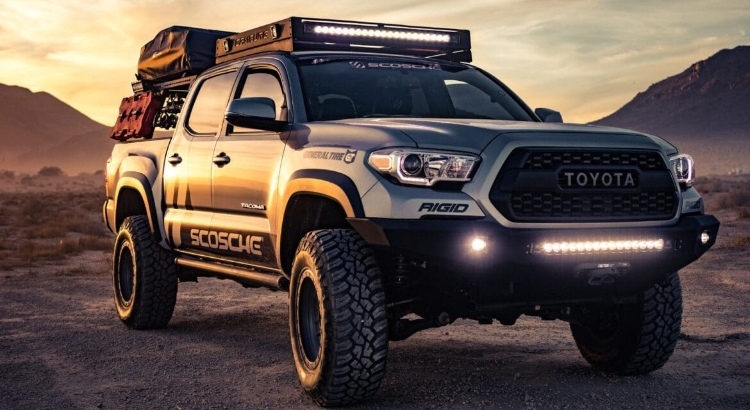Automotive Translation: Why It’s Essential for the Global Car Industry
The automotive industry moves fast, with new models and technology released every year. As car manufacturing becomes more global, translation services grow more important for car brands and customers worldwide. Let’s explore why automotive translation is critical and how it benefits every stage of the industry.
The Automotive Industry Is Global
Cars are made through international teamwork. Parts come from all over the world, and teams speak many different languages.
- A single vehicle may have materials sourced from five or more countries (Statista, 2022).
- Automotive companies often operate in more than 100 markets globally.
This means complex communication, shared designs, and product details must be accurate in many languages.
Translation for Manufacturing and Assembly
Translators ensure that instructions, requirements, and processes remain clear everywhere.
- Production manuals are translated so all factories follow the same standards.
- CAD drawings and design processes need accurate translation and proofreading.
- Proper safety documentation is required in every language for employee security and compliance.
Professional proofreading ensures translation mistakes don’t affect product quality or safety.
Translation for Customers
Clear communication with buyers drives satisfaction and safety.
- User manuals and brochures help customers use features and understand safety precautions.
- Translated websites let buyers learn about cars in their native language.
- Clear language in after-sales support and customer service prevents confusion.
Only 20% of the world’s population speaks English (Statista, 2021). Translating automotive content reaches a bigger market.
Key Areas of Automotive Translation
1. User Manuals & Technical Documents
User manuals explain car operations, maintenance, and troubleshooting. Accurate translation is crucial because:
- Errors can cause misunderstanding or even safety risks.
- Service guides for technicians need to be clear and precise in all languages.
2. Training Materials for Mechanics
Mechanics require detailed guides and training modules. These often include:
- Repair instructions specific to car models.
- Vocational training content for new technologies.
- Localized workshops and customized manuals for different regions.
3. Documents from Original Equipment Manufacturers (OEMs)
Multiple manufacturers provide parts for each car. Their manuals and safety sheets must also be translated so local teams follow correct guidelines and regulations.
4. Marketing Content and Advertising
To succeed globally, car brands must market in many languages. This includes:
- Commercials, billboards, video ads, and posters.
- Brochures and promotional websites.
- Subtitles and closed captions for video ads.
Localization ensures that marketing materials fit local culture and customs (CSA Research, 2022).
5. In-Car Software (Human-Machine Interface)
Modern vehicles have voice controls and touch screens. These interfaces often require:
- Translated voice prompts and navigation instructions.
- Local language settings to improve the user experience.
6. Design and Production Resources
Accurate translation helps maintain consistency in production across global factories. Teams need clear communication to keep quality and branding consistent.
7. Safety Documentation
Safety guidelines must be understood by everyone in the process. Translations cover:
- Manufacturing safety protocols.
- Technical risks and emergency procedures.
- Legal compliance documents for each region.
8. Websites and Online Platforms
Automotive websites are often the first place buyers interact with a brand. Translating digital content:
- Helps attract and inform customers around the world.
- Improves brand trust and conversion rates.
- Makes support and information accessible in every market.
Brands that offer multilingual sites can reach 4 times as many potential buyers (CSA Research, 2022).
Why Accurate Automotive Translation Matters
- Better Sales: Accurate translation allows customers to understand product details and increases trust, which can drive sales.
- Meet Market Demands: Localized customer support and materials show that brands listen to the needs and languages of their clients.
- Brand Confidence: Consistent, clear messaging in every language helps build trust between brands and new markets.
- Transparency: Clear communication avoids misunderstandings and builds long-term customer relationships.
- Internal Efficiency: Global teams work better when everyone uses the same guides, designs, and documentation.
Tips for Effective Automotive Translation
1. Define Your Brand’s Translation Style
- Decide if the content should be direct or expressive.
- Match your brand’s tone to the target market’s expectations.
2. Respect Language Nuances
- Use the simplest forms when translating technical terms.
- Work with translators familiar with automotive terminology.
3. Prioritize Cultural Localization
- Adapt content to local customs and culture, not just language.
- Work with local experts for accurate context.
Selecting the Best Automotive Translation Service
Choosing an expert provider makes a difference. Look for:
- Certified translators with automotive experience.
- Quality assurance, editing, and proofreading.
- Fast turnaround and transparent pricing.
- Support for multiple document types and audio translation as needed.
How GoTranscript Helps the Automotive Industry
GoTranscript offers a complete range of language solutions for the automotive sector. Choose from:
- Transcription services for meetings, training, and documentation.
- Automated transcription and AI transcription subscriptions for faster turnaround.
- Document translation and localization by specialists.
- Video and audio captioning for marketing and training with closed captioning and subtitling services.
- Accurate proofreading and quality checks on all translations.
By working with GoTranscript, automotive brands and manufacturers can confidently handle global communication, keep quality high, and serve customers in any language. Order translation or captioning services today to streamline your automotive projects worldwide.



















 Verified Order
Verified Order